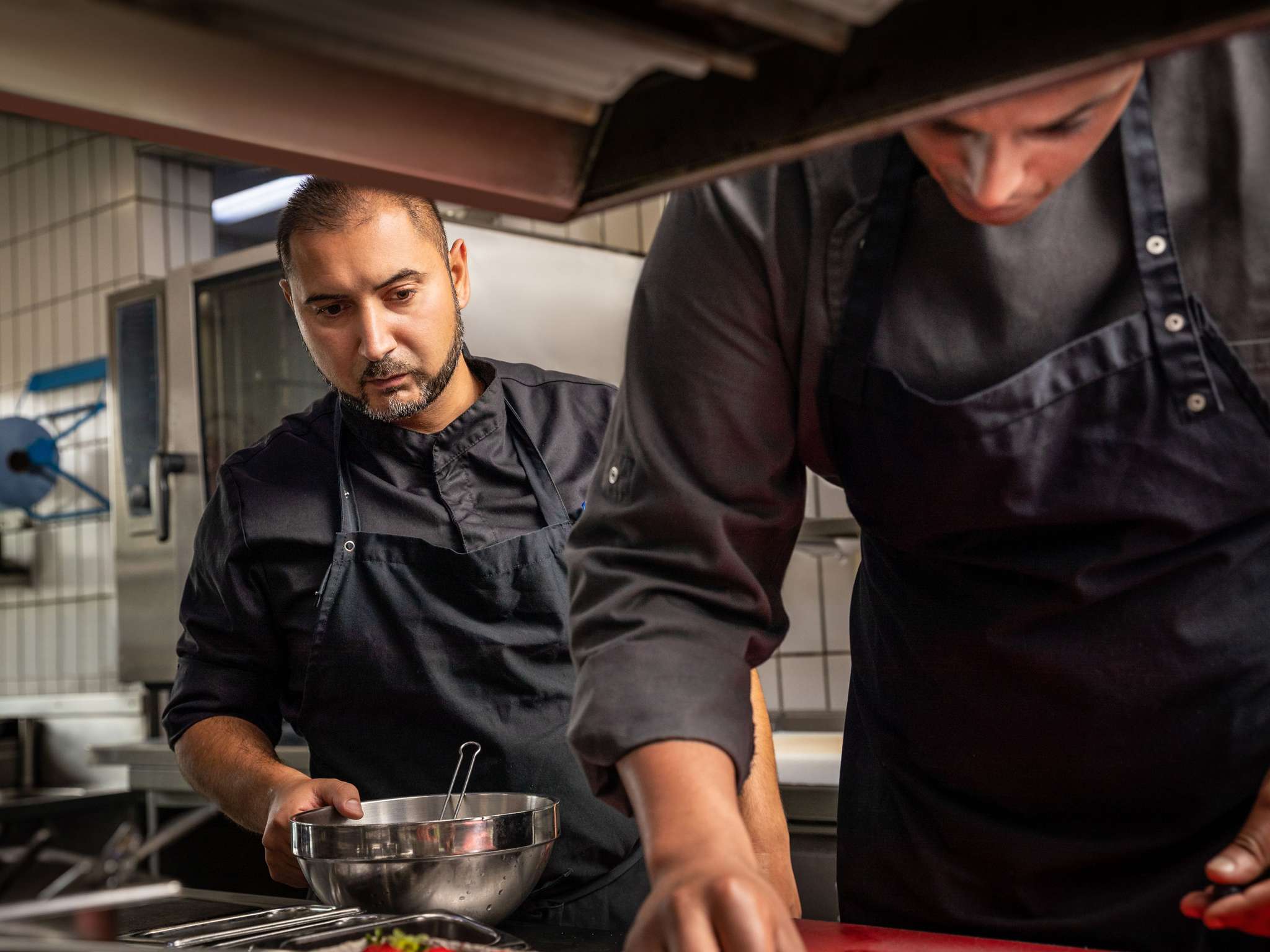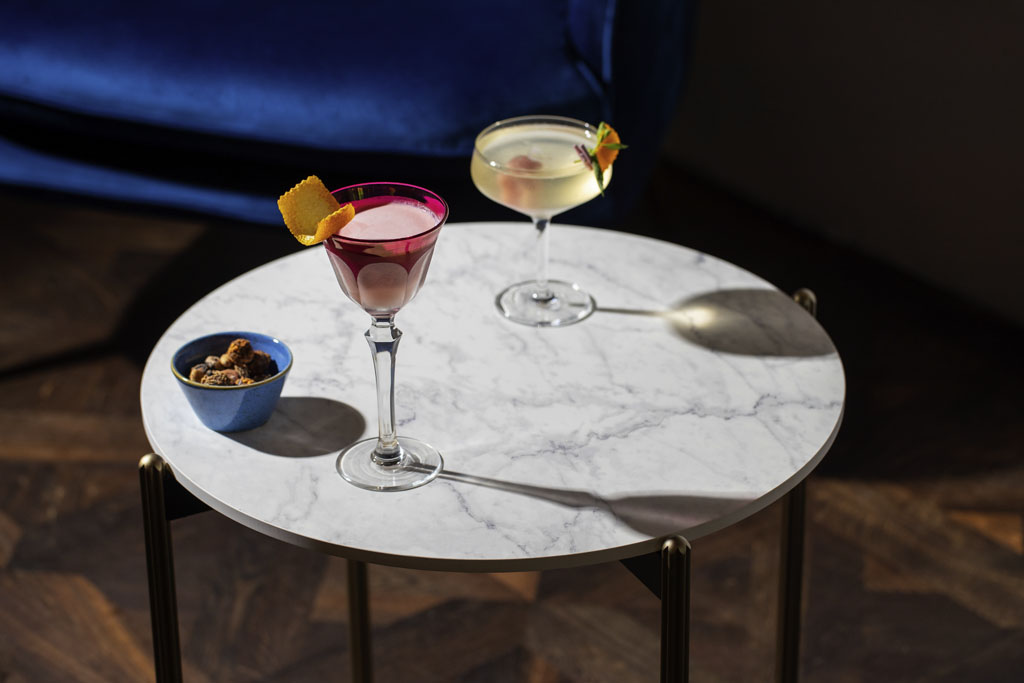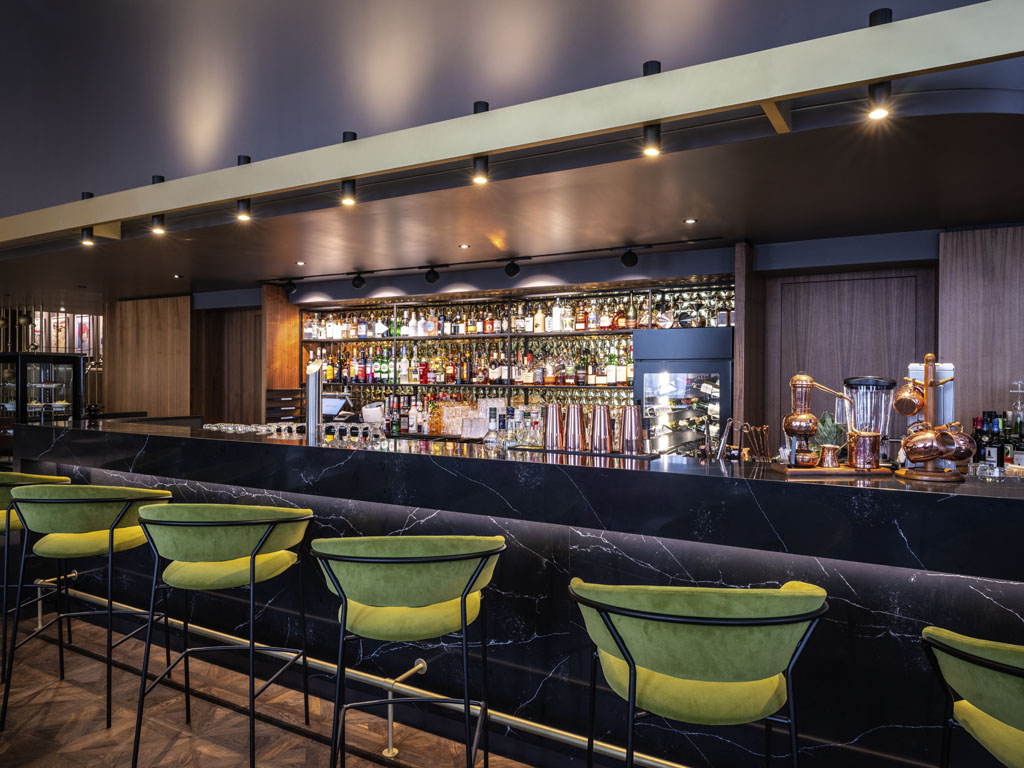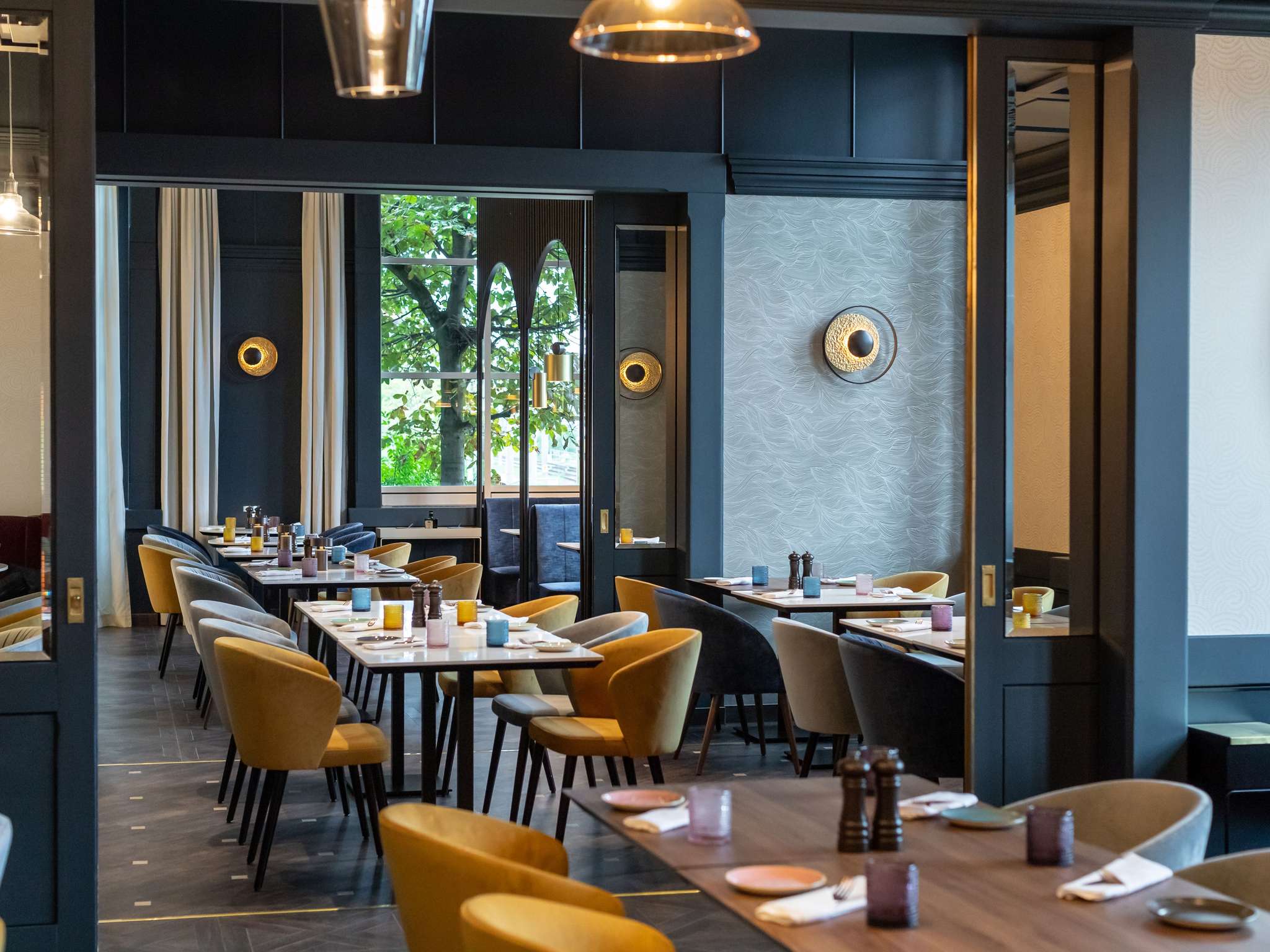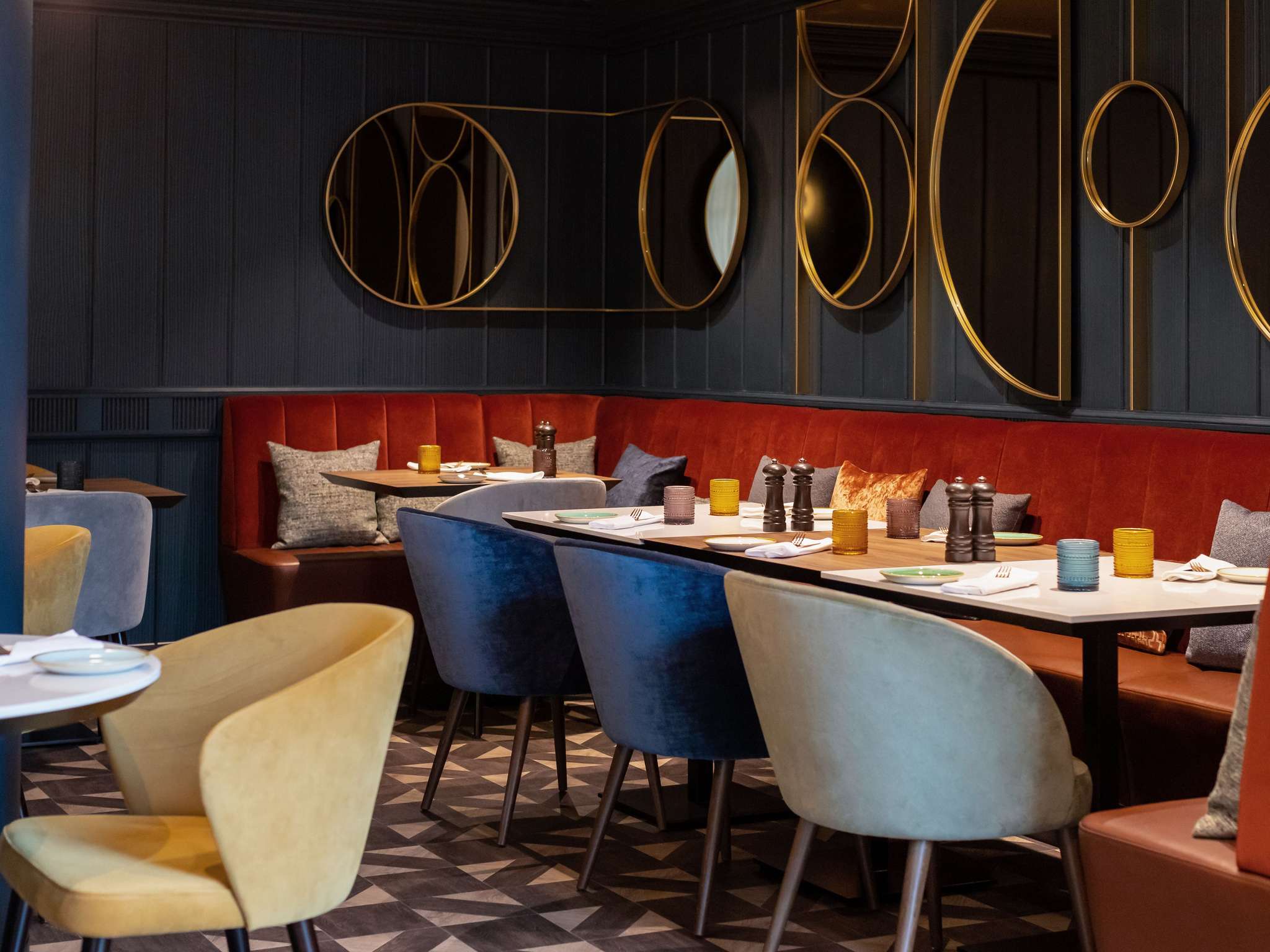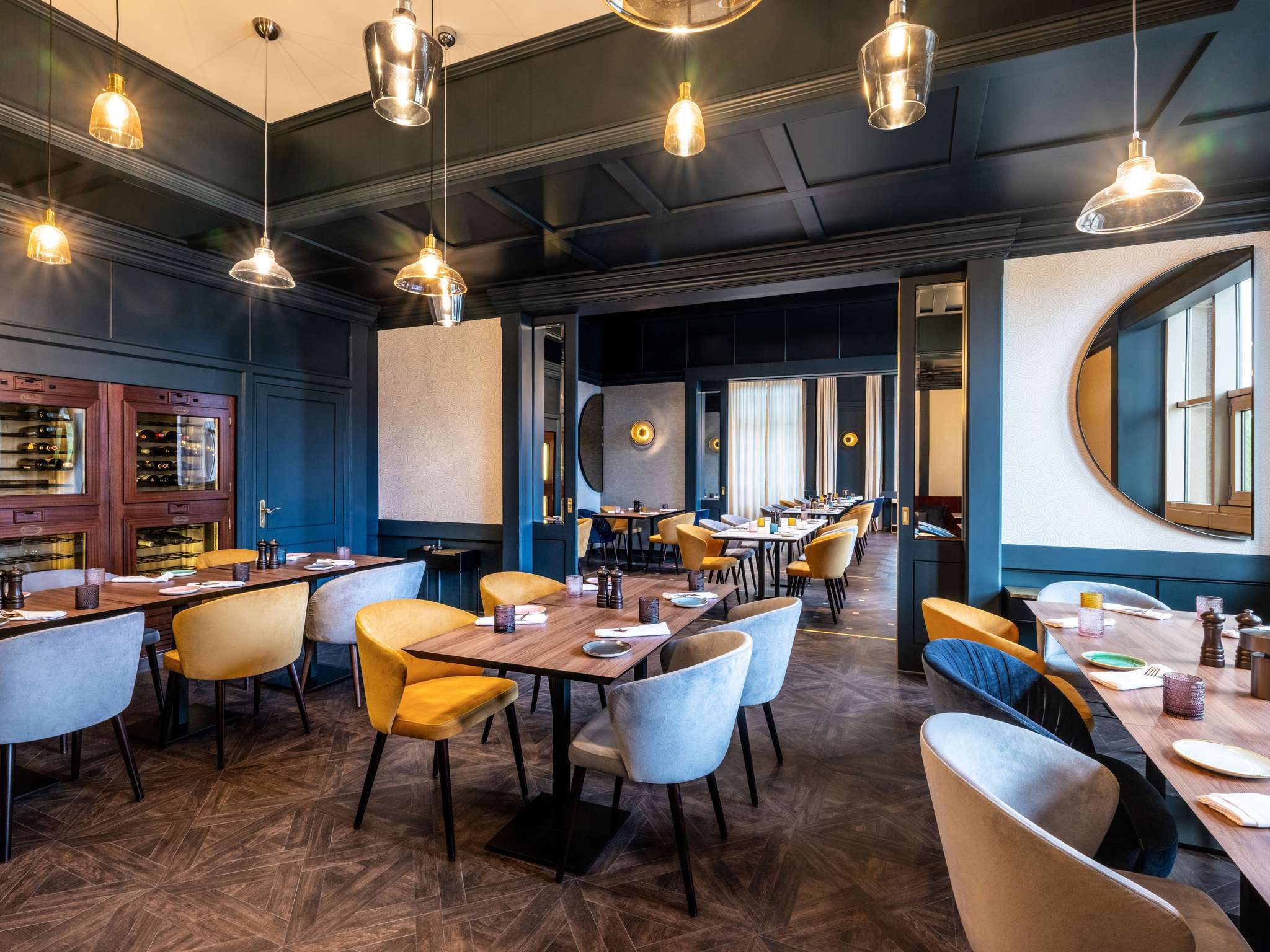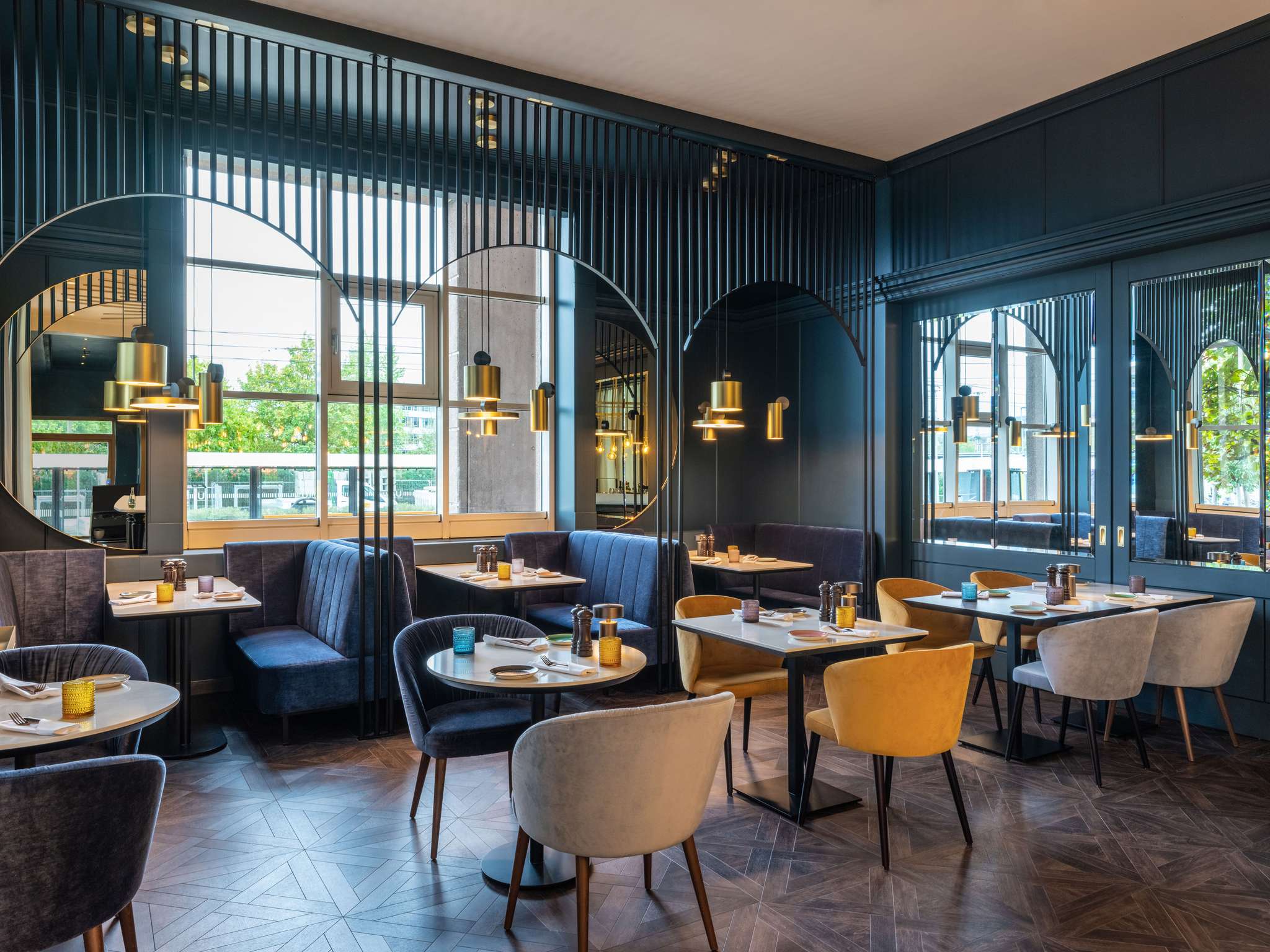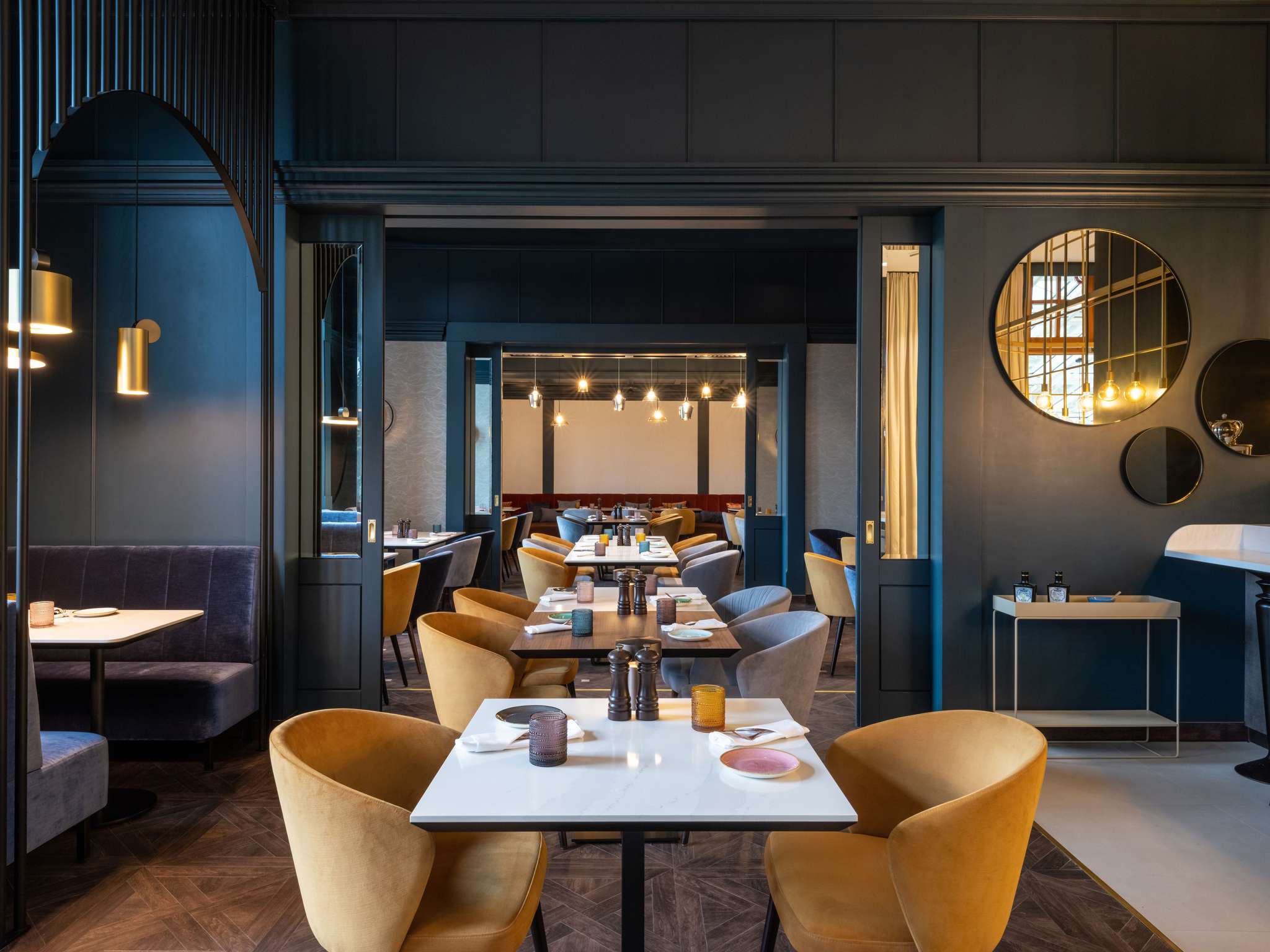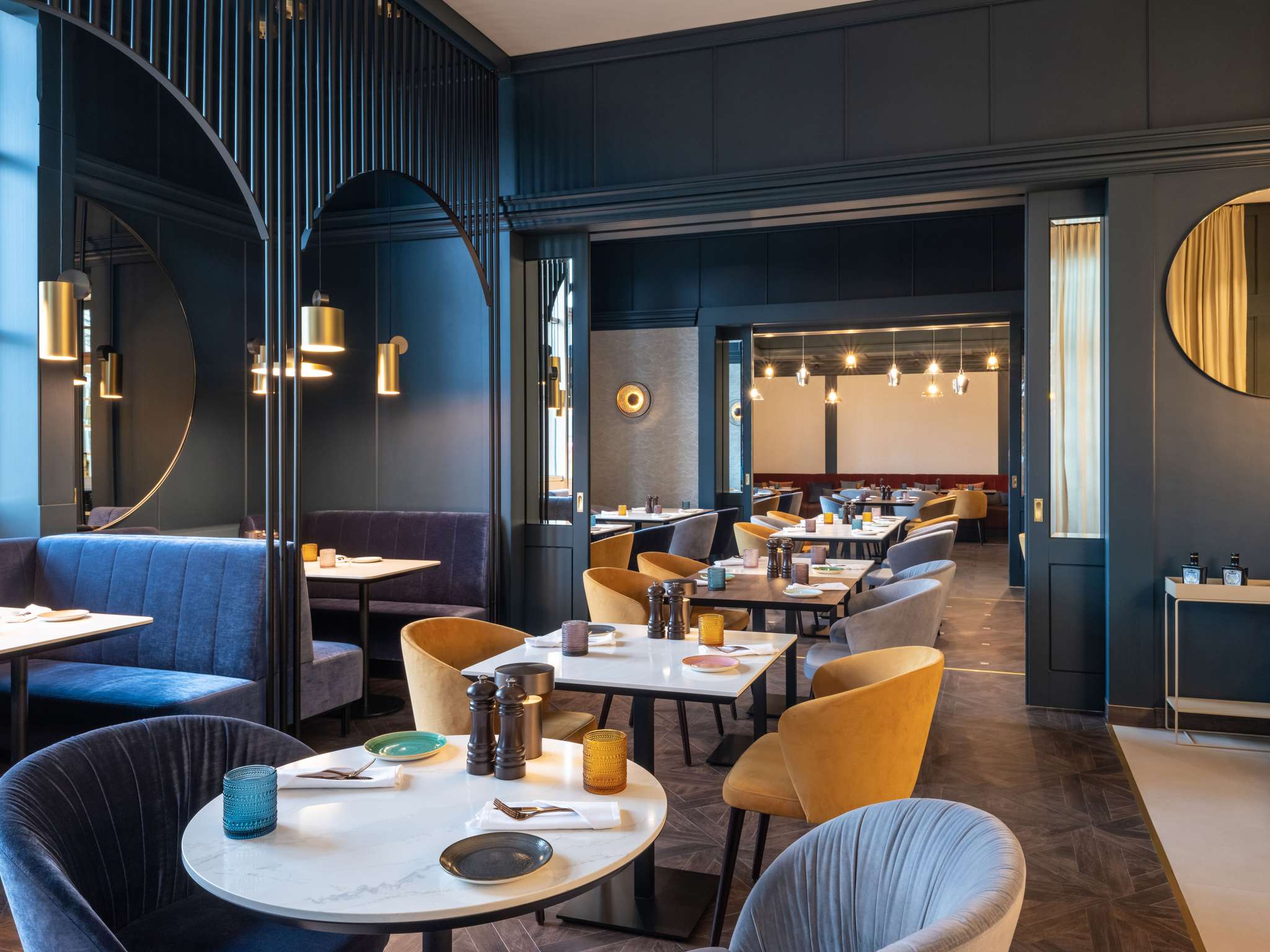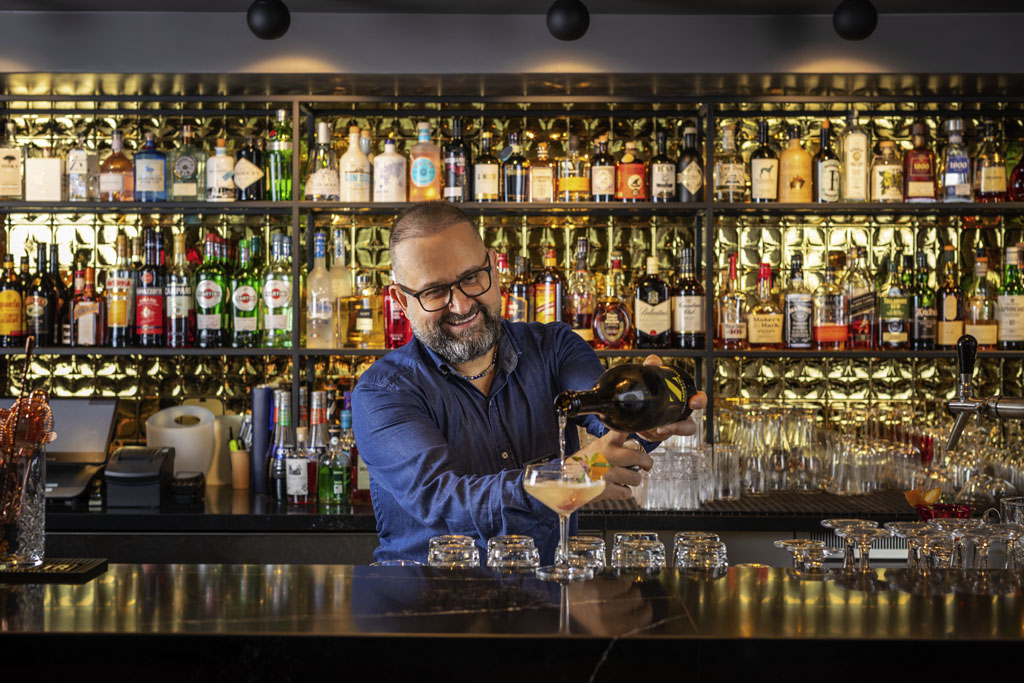Melting pot Stuttgart
Stuttgart is known for diligence and love of automobiles, for thrift and orderliness - but enough of the clichés. In recent years, the city has developed into a modern, open-minded metropolis that is nevertheless always aware of its great traditions.
Numerous international trends can be found here, be it in the culinary field, fashion, or art. The city is changing and curious for more.


